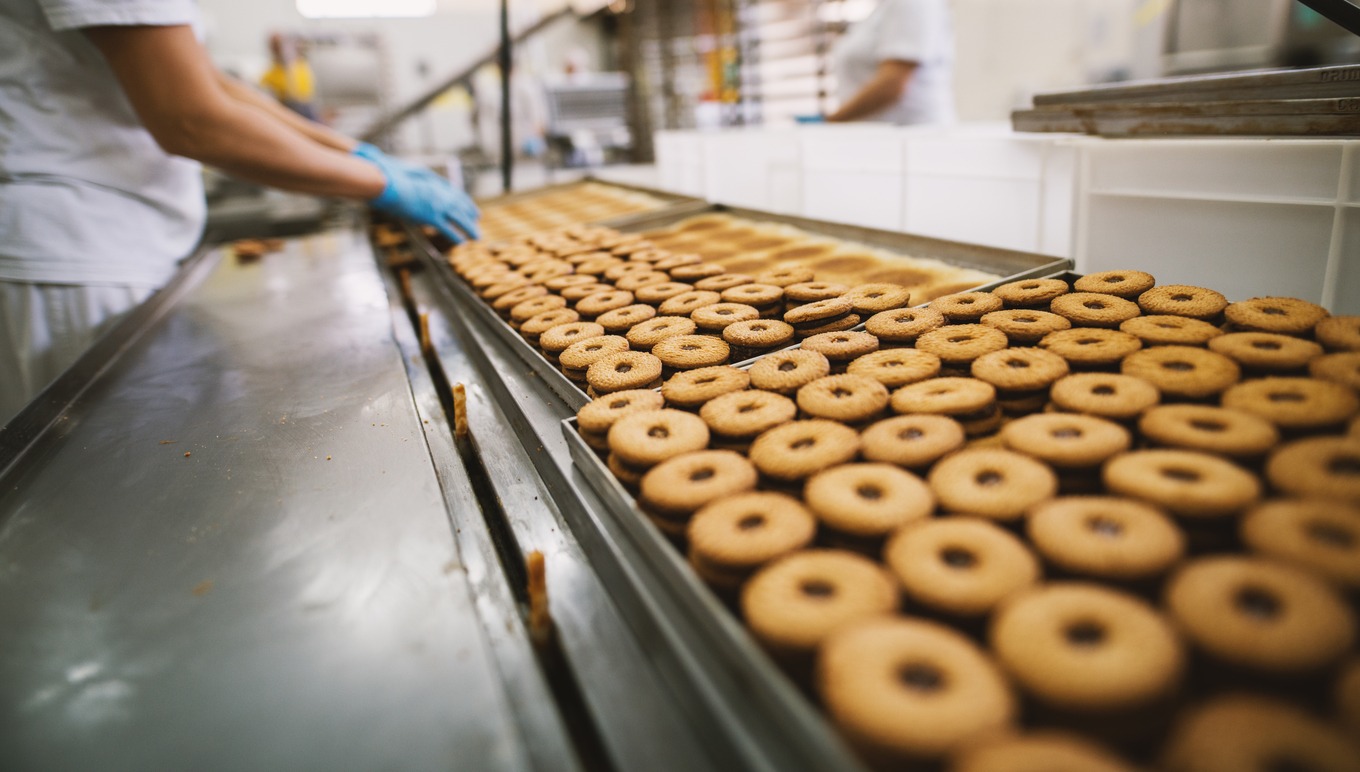Preparing for the New FDA Food Traceability Guidelines
Preparing for the New FDA Food Traceability Guidelines
Preparing for the New FDA Food Traceability Guidelines

Few subjects are as important as traceability for food and beverage businesses like yours. Collection, secure storage and high visibility of important ingredient and product data is necessary to ensure food safety, which is closely tied to brand reputation and, in the end, your organization’s profits.
What’s more, your customers demand it—according to research by the Center for Food Integrity, 65% of consumers want to know more about where their food comes from. And now, with the FDA’s new proposed Requirements for Additional Traceability Records for Certain Foods (or the “Proposed Rule for Food Traceability”), the legal requirements for traceability will soon be even more strict.
In this post, we’ll look at how food traceability standards have changed over time, as well as what the new proposed rule means for your organization. Then, we’ll close with a brief discussion on how enterprise resource planning (ERP) solutions can help keep you compliant as regulations get tougher.
Past Traceability Guidelines
Many professionals in the industry might assume that the first traceability regulations originated with the FDA’s Good Manufacturing Practices, but that’s actually not the case—it was the Bioterrorism Act of 2002 that established the “one step back, one step forward” approach for tracking food and beverage materials in the supply chain.
That being said, the more stringent GS1 Standards for traceability were considered best practices for a number of years, as food and beverage businesses have long been aware of the high costs associated with contaminations, withdrawals and recalls. These standards are not enforceable by law, however, which meant that approaches to tracking product information varied from company to company.
Then, in 2011, the Food Safety Modernization Act (FSMA) laid out some additional measures for making the industry more transparent and safe. Specifically, Section 204 tasked the FDA with conducting pilot traceability programs, reviewing other global standards and developing a set of recordkeeping requirements, in addition to granting the agency authority to revise and update their traceability regulations in the future.
Fast-forward to 2020, and the next big development on this front was announced with the beginning of the New Era of Smarter Food Safety. In September of that year, the FDA unveiled the Proposed Rule for Food Traceability as part of their update, and we await further revisions and eventually a finalized set of provisions.
What the New FDA Rule Requires
The 55-page document that is the Proposed Rule for Food Traceability begins by establishing the Food Traceability List (FTL), which is comprised of 16 foods identified by independent academics and industry experts that pose an elevated level of risk. This includes:
Cheeses (excluding hard cheeses)
Crustaceans
Cucumbers
Fin fish
Fresh herbs
Fresh-cut fruits and vegetables
Leafy greens
Melons
Mollusks
Nut butters
Peppers
Ready-to-eat deli salads
Shell eggs (from domesticated chickens)
Sprouts
Tomatoes
Tropical tree fruits
The rule stipulates that additional requirements will be enforced not only for these foods, but for other products that contain them as ingredients as well. It also includes a provision that the list can be updated at the FDA’s discretion, so other problematic items may be added in the future.
The next major point of the rule is to introduce Key Data Elements (KDEs) and Critical Tracking Events (CTEs) as the essential components to the new approach. Both concepts actually first appeared in the Institute of Food Technologies’ recommendations for improved product tracing in 2012, but they have now been embraced by the FDA and codified.
KDEs vary from item to item, but they are generally the most important characteristics of a food product, including but not limited to origin, date of production, quantity and/or weight, shipping dates and—critically—traceability lot codes. CTEs, on the other hand, are more easily enumerated as the various steps in the supply chain:
Creating: The act of producing a food on the FTL (regardless of whether or not its ingredients are on the list).
Growing: The act of planting and harvesting of a food—typically produce—that is on the FTL.
Receiving: The act of receiving an FTL food on the part of a customer (but not the end consumer).
Shipping: The act of transporting an FTL food from one location to another.
Transforming: The act of changing a food on the FTL, including its package or label.
A more comprehensive understanding of what KDEs are required at which CTEs can be gained by studying the FDA’s expanded documentation on the subject, but a simple and concise way of thinking about these crucial elements is that they define what must be recorded and when it must be recorded with regards to all FTL foods.
The rule also outlines what specific records must be kept and, in the event of a contamination or other food safety emergency, provided to the FDA within 24 hours upon request. This includes a description of all shipped FTL foods (with all required KDEs at relevant CTEs); reference records that show linkages in the supply chain (such as purchase orders and bills of lading); and traceability lot codes, which can be created, organized and applied internally on a company-to-company basis.
The Best Way to Prepare for Increased Traceability Requirements
Clearly, the new rule entails many new regulations, terms and demands for food and beverage businesses. With the onus on your company to capture and maintain so many additional details and documents, it’s obvious that paper-based systems will be insufficient going forward, if your organization has so far remained true to old-school methods.
A unified, digital database is necessary not only for the storage of so much information, but also the quick retrieval should an urgent food safety situation arise. ERP technology serves this purpose as a cross-functional platform that updates in real-time as new facts and figures come in, giving you the agility to react in time to mitigate negative outcomes as well as the confidence that everything is accurate and up-to-date.
Additionally, purpose-built food and beverage solutions like Aptean Food & Beverage ERP allow for integration with smart sensors, scales and imaging technology, as well as handheld barcode and QR code scanners, to automate the data collection process. With that functionality, recording all necessary KDEs at every CTE becomes a simpler, faster process, and the possibility of human error is removed.
Two other ways in which food and beverage ERP technology can aid your traceability efforts is through automatically scheduled compliance checks and expedited recall features. These help make sure that all critical steps in the tracking process are performed correctly every time but also keep you covered in the case of a mishap by quickly tracking contaminations back to the source and automating portions of the recall process.
At Aptean, we’re proud to say our offerings are built on decades of industry experience and a deep understanding of the traceability challenges your business faces. Preparing your operations for these stricter standards should be a priority—it’s the right thing to do for your customers, as well as the longevity of your organization.
Want to learn more about Aptean Food & Beverage ERP and how it can help get your company ready for increased traceability demands and the New Era of Smarter Food Safety? Contact us today or schedule a personalized demo.
Optimisez dès aujourd'hui la traçabilité de vos opérations
Vous souhaitez faire passer vos activités d'alimentation et de boissons au niveau supérieur ? Vous pouvez compter sur nous.



 Jack Payne | Vice President, Product Management & Solutions Consulting
Jack Payne | Vice President, Product Management & Solutions Consulting